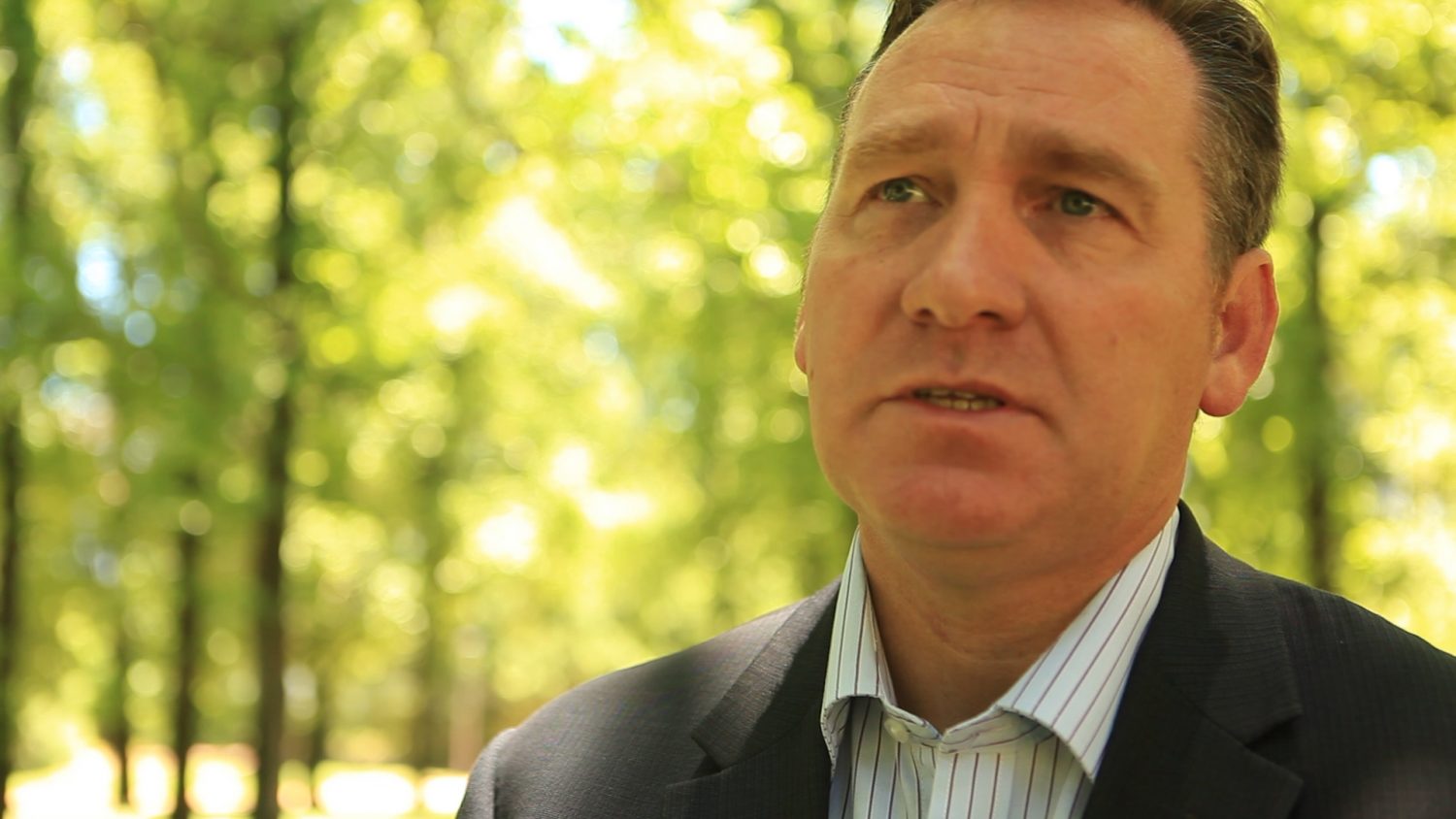And though my work as a management consultant has primarily involved designing and leading transformation programs, I’ve come to realise the impact I can have on the engagement of large groups of people, in their own transformation — as a storyteller.
Story is a powerful tool to communicate complex problems in a humanistic and therefore more comprehendible way. I’ve also come to recognise the relevance of filmmaking concepts in the practice of experience design and widely throughout leadership.
So what exactly have I learnt from behind the lens?
Everyone likes to be on camera.
Sure, they’ll tell you they “hate being on camera”, but what really stands out to me is the transformation from this point-of-view to the resulting sense of pride, self-worth and value people feel when they’ve contributed their part to a story. By contributing, people feel valued.
When I step into the role of storyteller there are two questions that continually play through my mind: where are my audience now and where am I taking them? These two questions force you to reflect on every aspect of story development to ensure you keep it relevant and build meaning to take the audience on a journey.
Meet people where they are.
If context isn’t implicit throughout the story then your audience will focus on piecing context rather than engaging in the story itself. This applies in both understanding why your audience will care to take notice in the first instance, and in making sure that you seamlessly bring your audience along to each element of the story.
Purpose leads direction.
Understanding ‘why’ you are telling a story allows you to critically view every aspect of the story, ensuring that everything you do builds meaning and focusses on getting your audience to that purpose. If the ‘why’ isn’t understood then it’s quite likely you’ll just be going through the motions, hoping at some point it all fits together.
..a good story well told can truly make a difference in how one sees the world.
Publishing our collective journey binds people together.
In organisations, whether we like it or not we can get ‘separated’ from those around us. Business drivers and measures such as Performance Indicators, Deliverables, Results Areas and Accountabilities are necessary, but can drive individualism or silos.
Focussing on story we move to the experience and purpose aspects of what we’re doing, and this creates a space for individuals to connect with each other on a humanistic level — often for the first time realising how strikingly similar their views may be — creating a shared sense of understanding and purpose.
When this comes together we often find passionate people are connected through something they believe in.
Story can challenge the way people think.
In 2012 I cycled around the world to capture stories of the people and places involved in the production of t-shirts, shoes and bicycles. When we reached eastern Turkey I was quite concerned about crossing the border into Iran — our family and friends were worried about us, the U.S. threat to Iran was intensifying, and even our Turkish friend was adamant he was turning around at the border.
We had no idea how the following month would change our lives.
Much of what we think isn’t even based on our personal experience but rather on the countless stories we’ve been party to, largely by media consumption. So when a story presents in an unexpected form, we’re immediately curious and ready to be challenged.
A great story has something remarkable to showcase.
Imagine trying to transform the practice of teaching and learning in the traditional school system within a few short months. When we found someone bold enough to take on this challenge we knew it was an important opportunity to capture their journey — as this would become a showcase to demonstrate to the rest of the system what was possible.
By sharing the experience of the leaders, teachers and students the rest of the industry is immediately able to identify with the characters, and to contextualise this new possibility in their own life.
Great leaders tell stories.
Great leaders bring their vision to life in ways that relate to their audience’ own lives. Consider Rotary’s vision to ‘eradicate polio’. When Rotary launched the Global Polio Eradication initiative in 1988 125 countries were polio-endemic, today that number is 3!
What resonates with me is not how awful the disease is, but the simple message that: the virus cannot live without a carrier + carriers can be vaccinated + if all carriers are vaccinated it is possible that polio will be history.
Although Rotary’s message appears simple, the concept of vaccination is not accepted by all people and achieving their remarkable results has come through a deep understanding of the importance of local context. Perhaps the last of the polio-endemic countries bare the most challenging of social contexts.
Finding your story for change
Change often requires deep reflection and observation; taking the time to find the story that people can connect with and make their own.
Leaders of change understand the importance of ‘critical behaviours’ to drive outcomes, and focus their effort on shaping stories to influence these behaviours. Some fantastic examples of such stories can be found in the book Influencer which studies leaders around the world who have achieved profound social change to find the commonalities in their approach.
The conversation of ‘stories for change’ is one I would love to continue, so please add your voice and lets make something remarkable happen — together.





